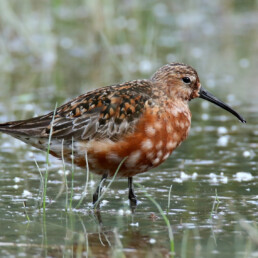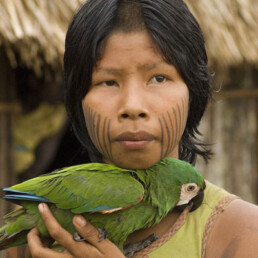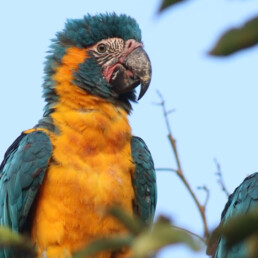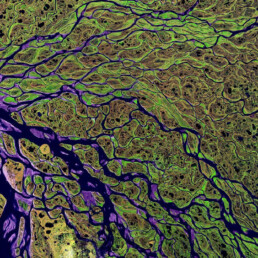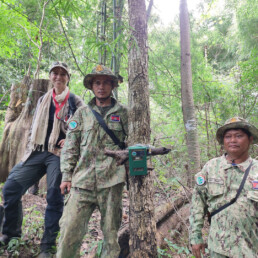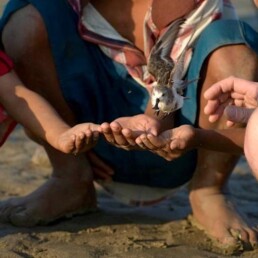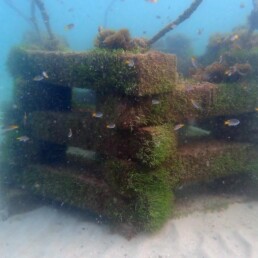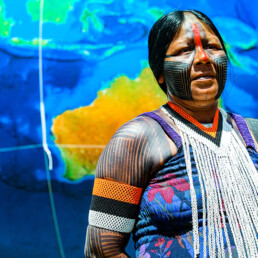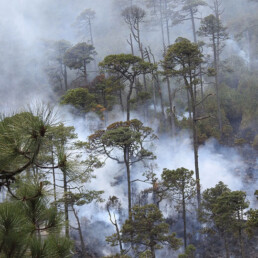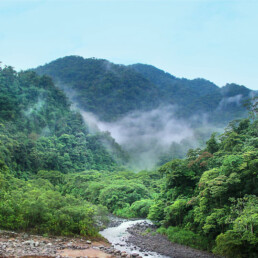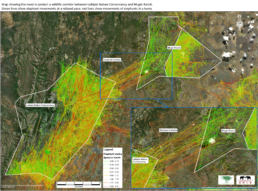Location
Ol Ari Nyiro, Laikipia County, Kenya
Goal
To maintain and enhance conservation at Mukutan Nature Conservancy and connect it with other conservancies in Laikipia County and beyond.
Project Field Partner
The the Gallmann Memorial Foundation is a non-for-profit charitable organization that manages the Mukutan Conservancy in Laikipia County, Kenya.
Size of Area Involved
36,500 hectares (365 km2)
The 365-sq-km Mukutan Conservancy (formerly Laikipia Nature Conservancy; aka Ol Ari Nyiro) on the edge of the Great Rift Valley provides an important sanctuary for wildlife and is a favoured breeding ground for elephants, which migrate from other areas to give birth there. Located on the Eastern wall of the Rift Valley on the Laikipia Plateau, the Conservancy is the most important water catchment area for two major lakes (Bogoria and Baringo). It is part of the Eastern Afromontane Biodiversity Hotspot and harbours an invaluable remnant of the diverse flora and fauna that once covered vast areas of the Laikipia Plateau and the eastern Rift Valley escarpment.
The diverse topography, ranging in elevation from 1260 to 2400 m, supports varied vegetation from dry marginal forests to semi-arid bushland. The reserve is home to the critically endangered wild dog (Lycaon pictus), cheetah, reticulated giraffe, greater kudu, African elephant, a large population of lions, 14 amphibian species, 55 reptiles, 477 birds, more than 800 vascular plants and 755 macro-invertebrates. Of note are two endemic species – a plant (Aloe francombei) and an invertebrate (Aslauga gallmannae) and one frog that is new to science (Tomopterna gallmanni). There is a large remote part of the Conservancy that has not been studied yet, so the species list is expected to increase. The Conservancy provides important migration and wintering habitat to various species and has been designated as an Important Bird Area and a Key Biodiversity Area.
Threats:
- Land Use Change: In Laikipia, cropland has increased by 50%, and settlement has surged by 150% over the past decade. If the benefits derived from wildlife conservation/tourism do not match those of alternative land uses, the expansion of agriculture poses an ongoing threat, primarily fueled by the rising demand to support the growing population.
- Land Degradation: Repeated droughts and poor land-use practices result in overgrazing, soil erosion, and ultimately land degradation. Pasture and water scarcity drive migrant pastoral livestock into protected areas and conservancies.
- Human-Wildlife Conflicts: Elephants and plains wildlife consume or damage nearby crops, while big cats attack and kill livestock. As people seek to protect their property, occasional loss of human or wildlife life occurs.
- Poaching: Subsistence and commercial trade in wildlife products represent significant threats. The proliferation of firearms exacerbates the situation.
- Inadequate Social and Economic Benefits: Wildlife conservation, as a land use, is expected to generate benefits comparable to other land uses. Wildlife tourism and the sale of local products serve as the primary avenues for generating benefits in conservancies. However, the lack of tourism potential or capital investment to effectively engage in enterprises that yield benefits sways local perception negatively.
- Slow Rate of Policy Implementation and Weak Law Enforcement: Effective law enforcement is crucial to ensuring the security of wildlife and its habitats. While commendable efforts have been made by the ranger teams working collaboratively with KWS, there is still much to be done. Adequate funding is essential to carry out their overall responsibility of ensuring wildlife security. Currently, ranger salaries, allowances, transportation, security bases, radios, and other communication equipment are funded by donations, which is not a sustainable approach.
1. Recruiting and training rangers and equipping ranger bases along the border of the Conservancy has improved security dramatically. With increased protection, populations of key species, including elephants, lions, leopards and buffalo, are rebounding. Using real-time data from EarthRanger, a high-tech monitoring system, rangers record patrols, wildlife movements and other activities in real time.
2. With the assistance of the National Drought Management Authority, the Conservancy has negotiated grazing terms with the Pokot, but the northern border needs to be fenced to put it in action. This fencing is underway and when it is completed a system of controlled grazing in the Conservancy during drought conditions can be implemented.
3. An elephant and wildlife corridor between the Conservancy and its closest neighbouring conservancy is unprotected and has been prone to elephant poaching. When the northern fence is complete (it already includes an elephant crossing area), the elephants will be able to traverse this route in safety, assisted and watched by trained Pokot guardians. This is a key part of the strategy to ensure connectivity with the greater Laikipia ecosystem and a current priority.
3. An elephant and wildlife corridor between the Conservancy and its closest neighbouring conservancy is unprotected and has been prone to elephant poaching. When the northern fence is complete (it already includes an elephant crossing area), the elephants will be able to traverse this route in safety, assisted and watched by trained Pokot guardians. This is a key part of the strategy to ensure connectivity with the greater Laikipia ecosystem and a current priority.

